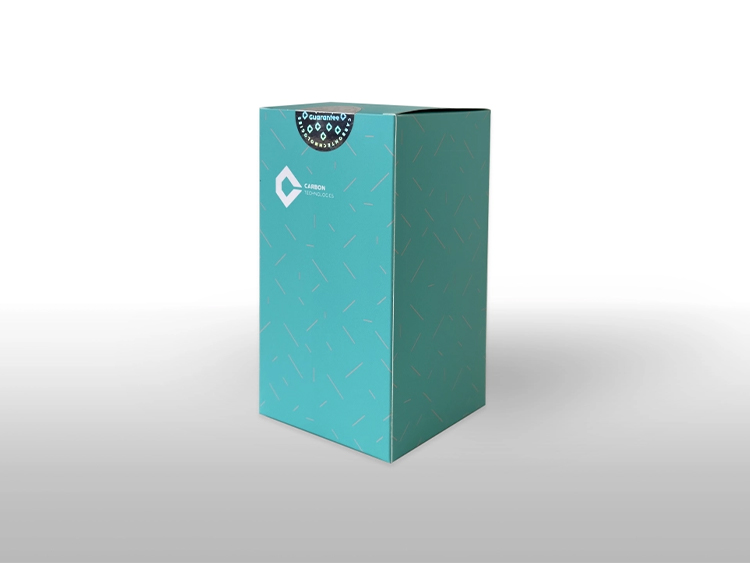
Intended Use
DNall VirAll Kit provides the components and procedures necessary for purifying viral DNA/RNA from cell-free samples such as body fluid, serum, plasma and animal tissue. The assay is intended for in vitro diagnostic use. We recommend all users to study RNA experiments guideline, before starting their work.
Principle
DNall VirAll Kit is designed for isolating both viral DNA and RNA from body fluid, serum, plasma and genomic DNA from animal tissue. Lysis is achieved by incubation of the sample in GLB, for both DNA and RNA isolation; and in a RJ-Protease enzyme solution, just for viral DNA isolation. Appropriate conditions for DNA and RNA binding to the silica membrane is achieved by the addition of ethanol to the lysate. Then, DNA or RNA is selectively bound to the membrane. Contaminants are removed by two specific washing buffers. Pure viral DNA/RNA is finally eluted in rehydration buffer. Isolated DNA/RNA is ready to use in downstream applications. A symmetric peak at 260 nm by spectrophotometer, confirms high purity of isolated nucleic acid.
Storage
Shipment condition is checked by Carbon Technologies. After arrival, all reagents should be kept dry, at room temperature. We suggest storing RJ-Protease at 2-8°C, and for routine use, it is recommended that you aliquot it to 100 µl volumes and storage at 2-8°C. Also, Carrier RNA is storable at room temperature before preparation. However, after adding ERR buffer, it is recommended that it must store at -20°C and be aliquoted to 100 µl volumes and avoid frequent freeze-thaw. When storage condition is as directed, all reagents are stable until expiration date, as indicated on the kit box.